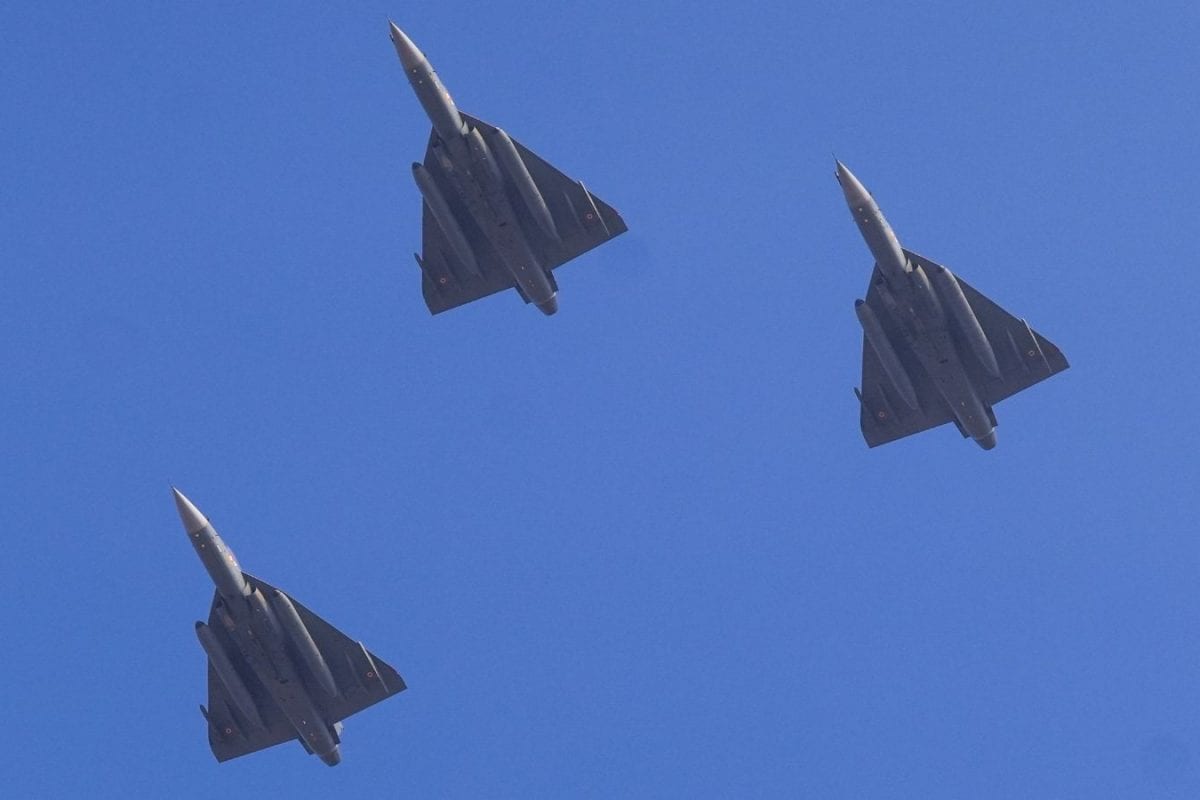

As India seeks to modernize its air force and maintain a competitive edge in a rapidly evolving geopolitical landscape, the question of which fifth-generation fighter aircraft will best serve its needs has become a subject of intense debate. The Indian Air Force (IAF) is considering several options, including the American F-35 Lightning II, the Russian Su-57E, and the indigenous Advanced Medium Combat Aircraft (AMCA). Each platform offers unique capabilities and challenges, and the ultimate decision will have far-reaching implications for India's defense strategy and its relationships with key global powers.
The IAF aims to acquire two to three squadrons, roughly 40 to 60 jets, of fifth-generation fighter jets from foreign sources to boost its combat capabilities until the AMCA project becomes operational. Simultaneously, India plans to build 114 modern fighters with a foreign partner. An empowered committee, led by the Defence Secretary, has recommended inducting fifth-generation fighters to enhance deterrence and preparedness, especially along the northern and western borders.
F-35 Lightning II: A Contender Ruled Out?
The Lockheed Martin F-35 Lightning II is a highly advanced, combat-proven stealth fighter with a strong global support network. It boasts cutting-edge sensor fusion and interoperability with Western forces. However, recent reports suggest that India has formally declined the U.S. offer to procure the F-35. Several factors may have contributed to this decision. India is prioritizing defense programs that emphasize technology transfer and local production, aligning with the "Make in India" initiative. The F-35's reliance on U.S.-controlled software updates and potential strategic vulnerabilities, coupled with India's preference for domestic manufacturing, may have made it a less desirable option. Moreover, India already operates the S-400 Triumf air defense system, which previously caused Turkey to be expelled from the F-35 Joint Strike Fighter program due to incompatibility concerns.
Su-57E: A Promising Alternative?
With India reportedly rejecting the F-35, the Russian Su-57E emerges as a strong contender. Russia has offered a package that includes the Su-57E and the Su-35M, with full technology transfer for local production at Hindustan Aeronautics Limited (HAL) in Nashik. This aligns with India's "Atmanirbhar Bharat" (self-reliant India) initiative, empowering indigenous weapon system development. The Su-57E offers an open architecture, allowing for the integration of Indian weapons like the Astra Mk1/2 and Rudram anti-radiation missiles. Russia has also offered full access to the Su-57's source code, enabling India to integrate its own weapons and avionics systems. If acquired, the Su-57E would not only serve as a fifth-generation fighter but also as a geopolitical asset, projecting India's military independence. Some reports suggest that India would induct around 50-60 Su-57E aircraft to form at least three operational squadrons to deter threats from China and Pakistan. However, India is insisting that Russia replace key components, including the radar, with Indian-made systems, which has caused concern in Moscow.
AMCA: The Indigenous Dream
India's Advanced Medium Combat Aircraft (AMCA) is a planned indigenous fifth-generation stealth, multirole combat aircraft being developed for the IAF and the Indian Navy. The AMCA is intended to perform air supremacy, ground-strike, SEAD, and electronic warfare missions. It is designed to replace the Sukhoi Su-30MKI as the backbone of the IAF fighter fleet. The AMCA design is optimized for low radar cross-section and supercruise capability. Prototype development is underway, with mass production planned to start by 2035. The Defence Ministry has cleared the AMCA Program Execution Model, with the Aeronautical Development Agency (ADA) leading the project in collaboration with private industry partners. The IAF will reportedly induct seven AMCA squadrons, amounting to 126 fighters. While the AMCA represents an opportunity for India to build a world-class fighter tailored to its specific needs, securing technological sovereignty and strengthening its domestic defense industry, it is still some years away from realization.
The Deciding Factors
The decision of which fifth-generation fighter aircraft will help India fly higher and better hinges on several factors:
Ultimately, India's choice will shape its air power capabilities and strategic posture for decades to come. As of August 3, 2025, the Indian government appears to be leaning towards the Su-57E, but the AMCA remains a long-term goal. The path India chooses will reflect its commitment to self-reliance, its strategic partnerships, and its vision for regional security.